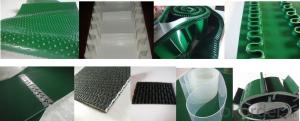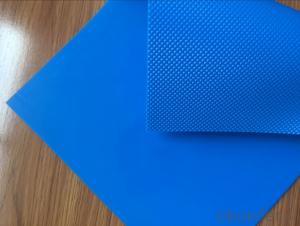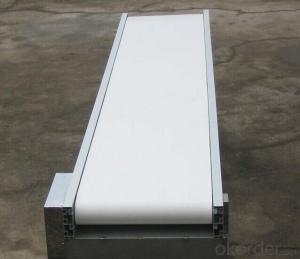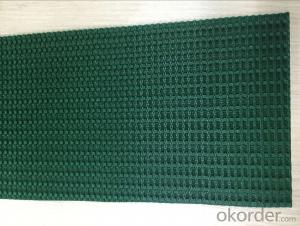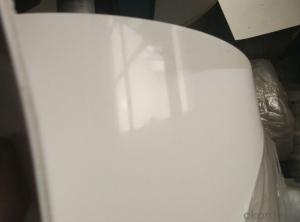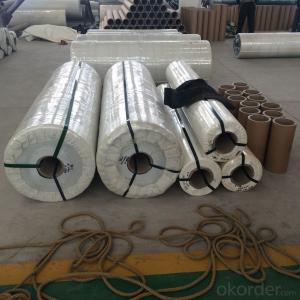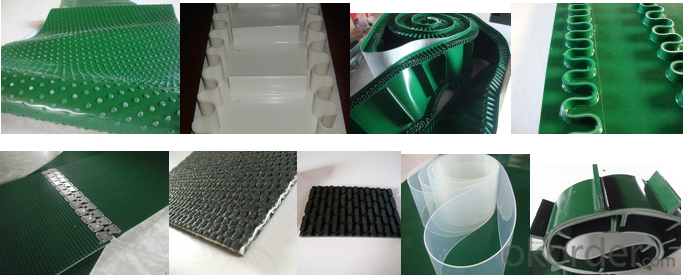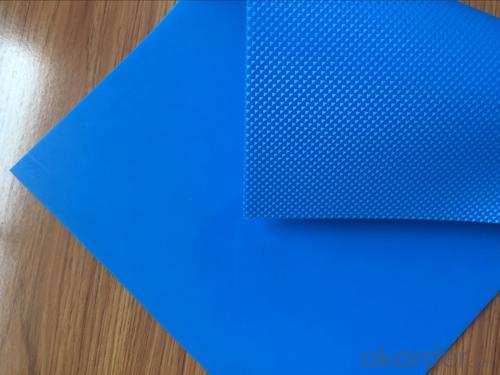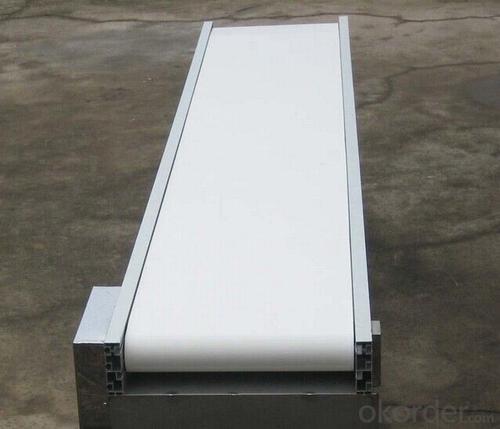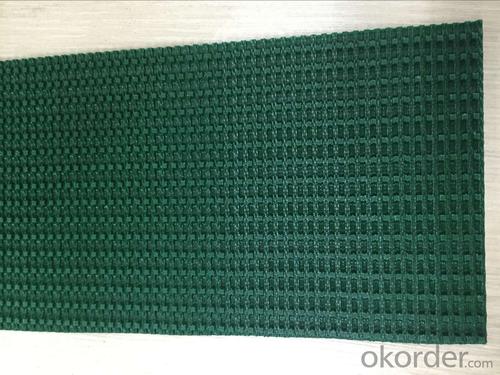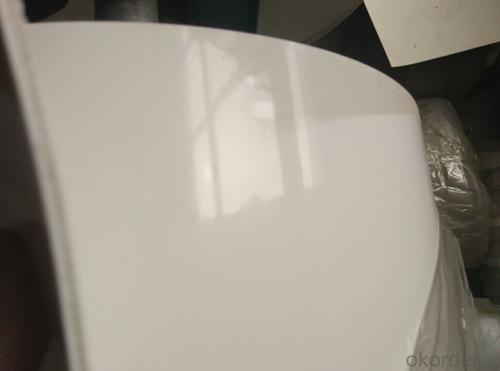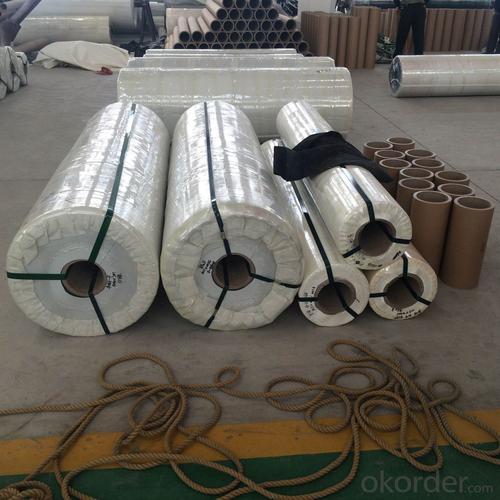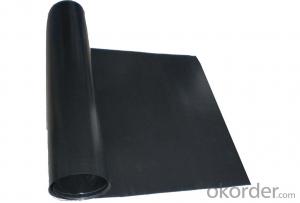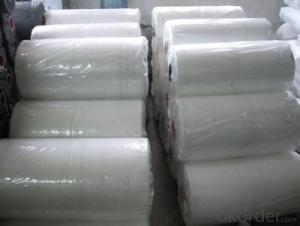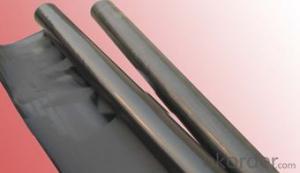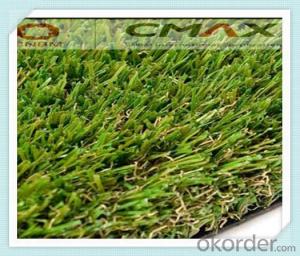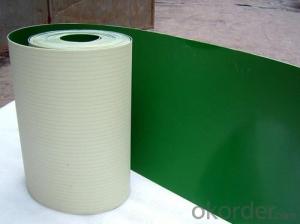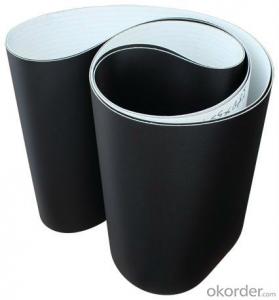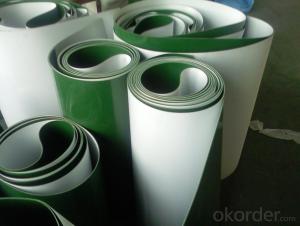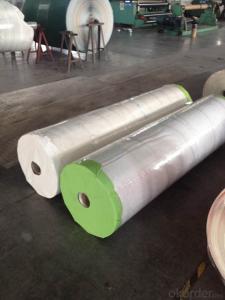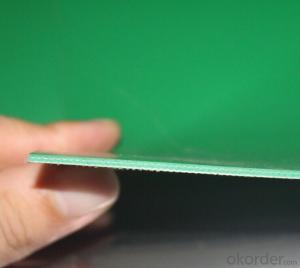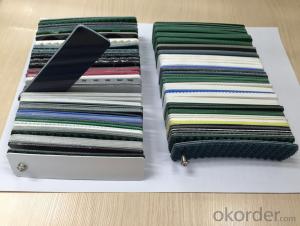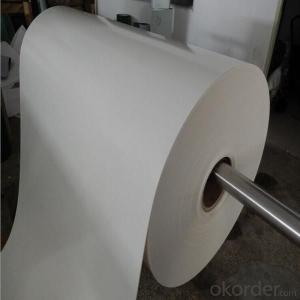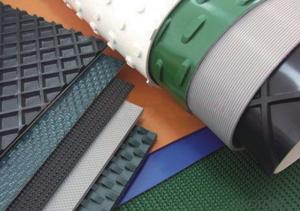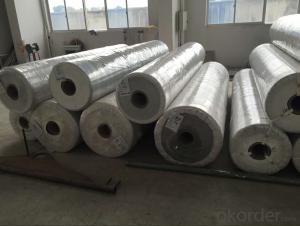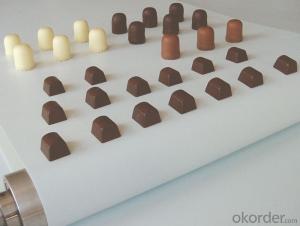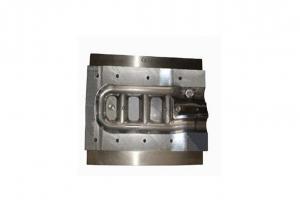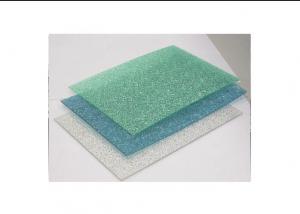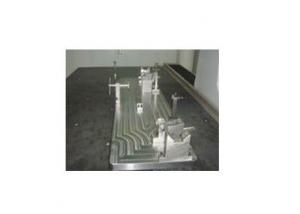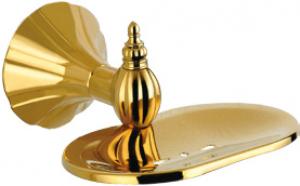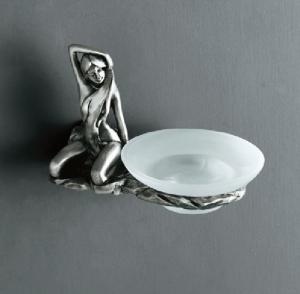Light Duty PVC Conveyor Belt Polyurethane/PU Conveyor Belt
- Loading Port:
- China main port
- Payment Terms:
- TT OR LC
- Min Order Qty:
- 10 m²
- Supply Capability:
- 500000 m²/month
OKorder Service Pledge
OKorder Financial Service
You Might Also Like
Light Duty PVC Conveyor Belt Polyurethane/PU Conveyor Belt
PVC/PU Conveyor Belt
Light duty conveyor belts are manufactured for all applications with various fabrics impregnation like polyester, nylon, cotton, solid woven, fiberglass etc. Belts are available in different colors like green, white, black, blue and thickness from 0.5 mm to 15 mm up to 3500 mm width and with top surface coating Rubber, PVC, PU, TPU, PE, TPEE, Teflon, Silicone, etc.
Colors: red, yellow, green, blue, gray, white, black, blue, green, transparent (in general we have)
Thickness: PVC (1~7mm) PU (0.8~4mm)
Appearance: flat surface, diamond pattern, lawn pattern, golf pattern etc.
Advantages: PVC: economical and practical, technology is mature.
PU: applicable to the food industry, abrasion resistant and corrosion.
Subsequent machining technology: it can add baffle, skirt, sponge, guide bar.
ADVANTAGES:
Low operating noise and costs, reduced maintenance, excellent durability.
Largely impervious to oils, greases and many chemicals.
Special types give excellent grip on inclination.
Abrasion resistant - rugged, high strength - low stretch characteristic.
Light and thin, better strength / weight ratio - energy saving.
Superb tracking over great length - longitudinally flexible and laterally stiff.
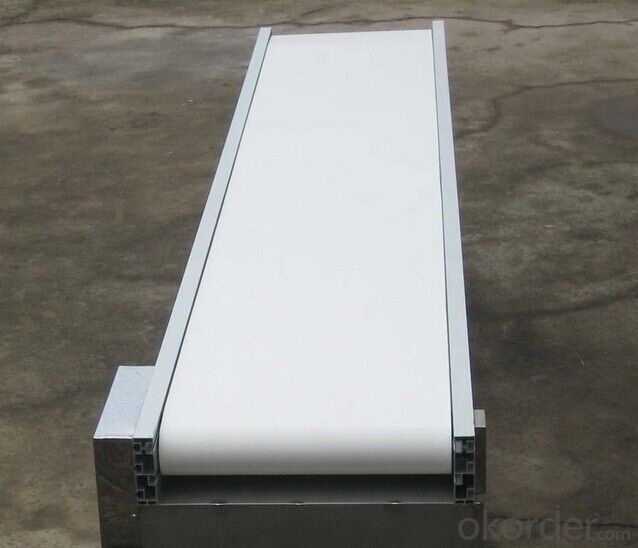
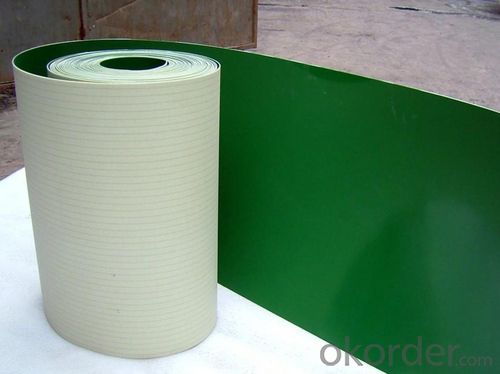
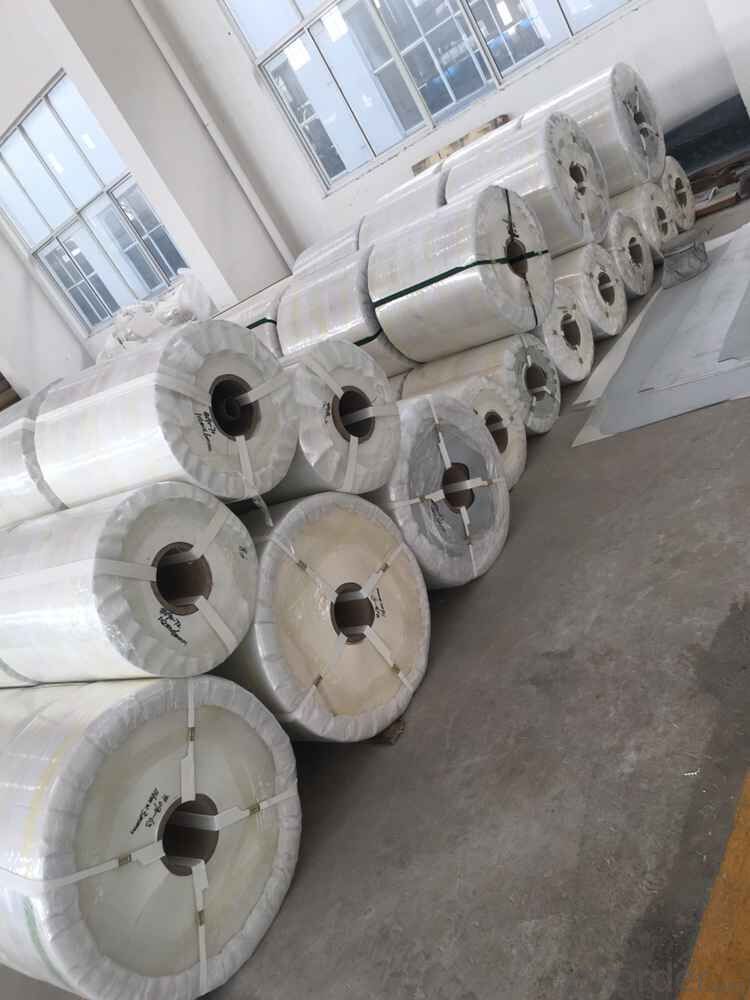
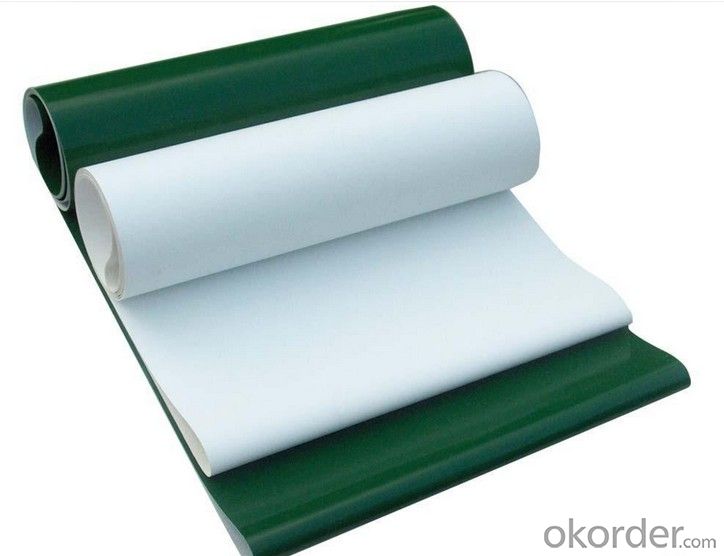
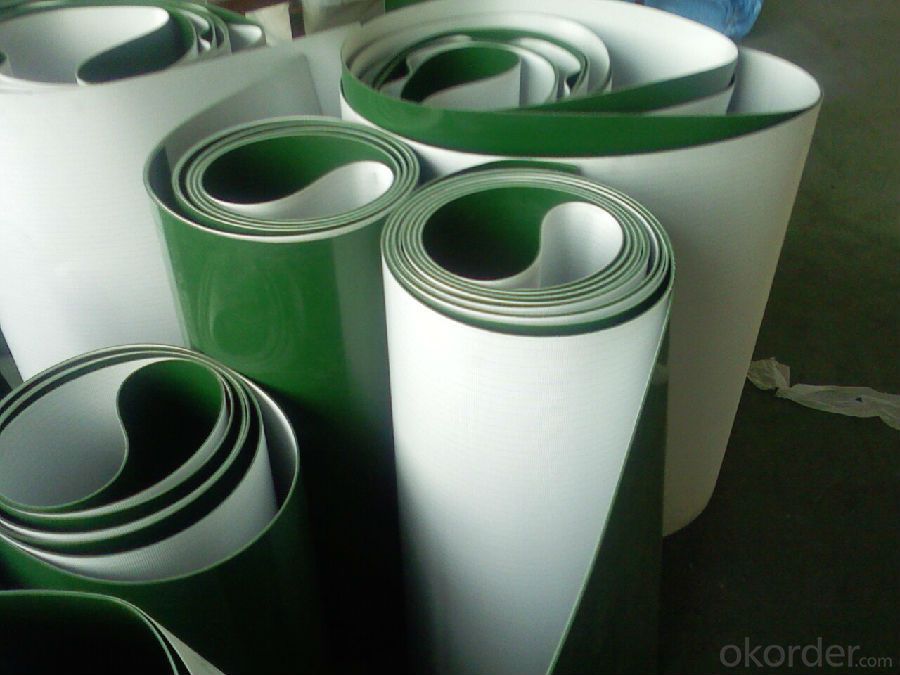
Please contact us freely if you need any conveyor belt.
- Q: Can olive nets be used for ornamental olive trees?
- Yes, olive nets can be used for ornamental olive trees. Olive nets are often used to protect the olives from birds and pests, regardless of whether the tree is ornamental or not.
- Q: Can olive nets be used to protect against diseases?
- No, olive nets are primarily used to prevent pests and birds from damaging olive crops, but they do not provide protection against diseases.
- Q: Can olive nets be used for olive trees in regions with high bird populations?
- Yes, olive nets can be used for olive trees in regions with high bird populations. These nets are specifically designed to protect the olive fruit from being damaged or eaten by birds. By covering the trees with these nets, farmers can effectively deter birds and ensure a higher yield of olives.
- Q: How do olive nets help in reducing the risk of weed competition?
- Olive nets help in reducing the risk of weed competition by acting as a physical barrier that prevents weeds from accessing sunlight, air, and nutrients. This inhibits their growth and ability to compete with olive trees for resources, ultimately reducing the risk of weed competition.
- Q: How do you protect olive nets from rodents or other pests?
- One effective way to protect olive nets from rodents or other pests is by securing the nets tightly around the olive tree trunks or using clips to prevent any gaps or openings. Additionally, placing traps or bait stations near the olive trees can help control rodent populations. Regular monitoring and inspection of the nets and surrounding areas can also help identify any signs of pest activity and take necessary measures promptly.
- Q: How is an olive net used in olive farming?
- An olive net is used in olive farming to help collect the olives during the harvesting process. It is spread out underneath the olive trees to catch the falling fruits when they are mechanically shaken or manually picked from the branches. This prevents the olives from getting damaged or lost on the ground, making it easier to gather and transport them for further processing.
- Q: How do olive nets prevent olives from being damaged by windstorms?
- Olive nets prevent olives from being damaged by windstorms by creating a physical barrier that shields the trees and fruits from strong winds. These nets are tightly secured over the olive trees, preventing the olives from getting knocked off or blown away. The nets act as a protective shield, reducing the impact of wind gusts and ensuring that the olives remain intact and undamaged during storms.
- Q: Are olive nets suitable for olive tree grafting from seedlings?
- No, olive nets are not suitable for olive tree grafting from seedlings. Grafting involves joining a scion (desired fruit variety) with a rootstock, and nets are used for protecting the fruit from birds and pests, not for grafting purposes. Grafting requires specific techniques and materials like grafting tape or wax to ensure successful union between the scion and rootstock.
- Q: Made of plastic masterbatch high temperature fade, stick to the other items, how this color
- This is a common problem of low price is like this to the best way to improve this phenomenon is the use of some of the high price of Masterbatch
- Q: What if the plastic is broken?
- The hot connection relatively rough surface hot plate welding connection way prone to flash, it is necessary to carry out the follow-up processing rotating welding method is applicable to the two connecting part is in the shape of thermoplastic resin products round, does not need to use adhesive glue, solvent or external heat.
Send your message to us
Light Duty PVC Conveyor Belt Polyurethane/PU Conveyor Belt
- Loading Port:
- China main port
- Payment Terms:
- TT OR LC
- Min Order Qty:
- 10 m²
- Supply Capability:
- 500000 m²/month
OKorder Service Pledge
OKorder Financial Service
Similar products
Hot products
Hot Searches
Related keywords
